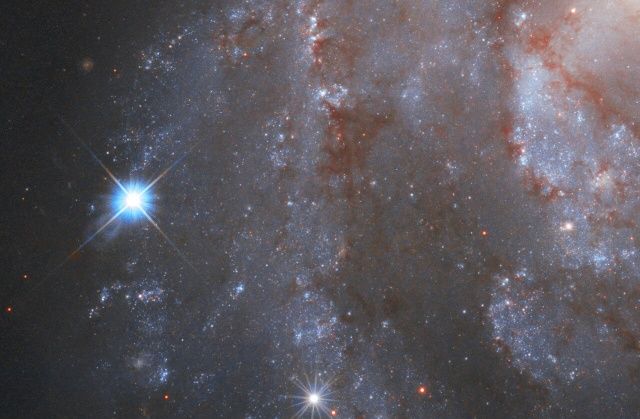
The Hubble Space Telescope has discovered a phenomenon in which a supernova, which shines much brighter than any other star in the galaxy, is gradually disappearing. The video, which summarizes the images observed for a year from 2018 to 2019 in a few seconds, is a time-lapse method of the darkening of a supernova 5 billion times brighter than the sun.
This supernova is the Type Ia supernova SN2018gov, discovered by amateur astronomers in 2018. It is located at the edge of NGC 2525, a barred spiral galaxy 70 million light-years from Earth. SN2018gov is originally a white dwarf star that sucks material from a nearby binary star and reaches its limit in quantity, causing a thermonuclear runaway phenomenon and leading to a supernova explosion.
At the time of discovery, the supernova, which was brighter than any other NGC 2525 star, was obscured by emitting the energy the Sun had emitted over billions of years for decades. Since the amount of light at the apex of this type of supernova explosion is uniformly 5 billion times that of the Sun, type Ia supernovae are used to calculate the Hubble constant, which calculates the speed of the universe expansion by comparing the theoretical value with the observed value and calculating the distance to Earth almost accurately. become data. The Hubble Space Telescope has contributed to dramatically increasing the precision of the universe’s expansion rate for 30 years since April 1990. Related information can be found here.


















Add comment